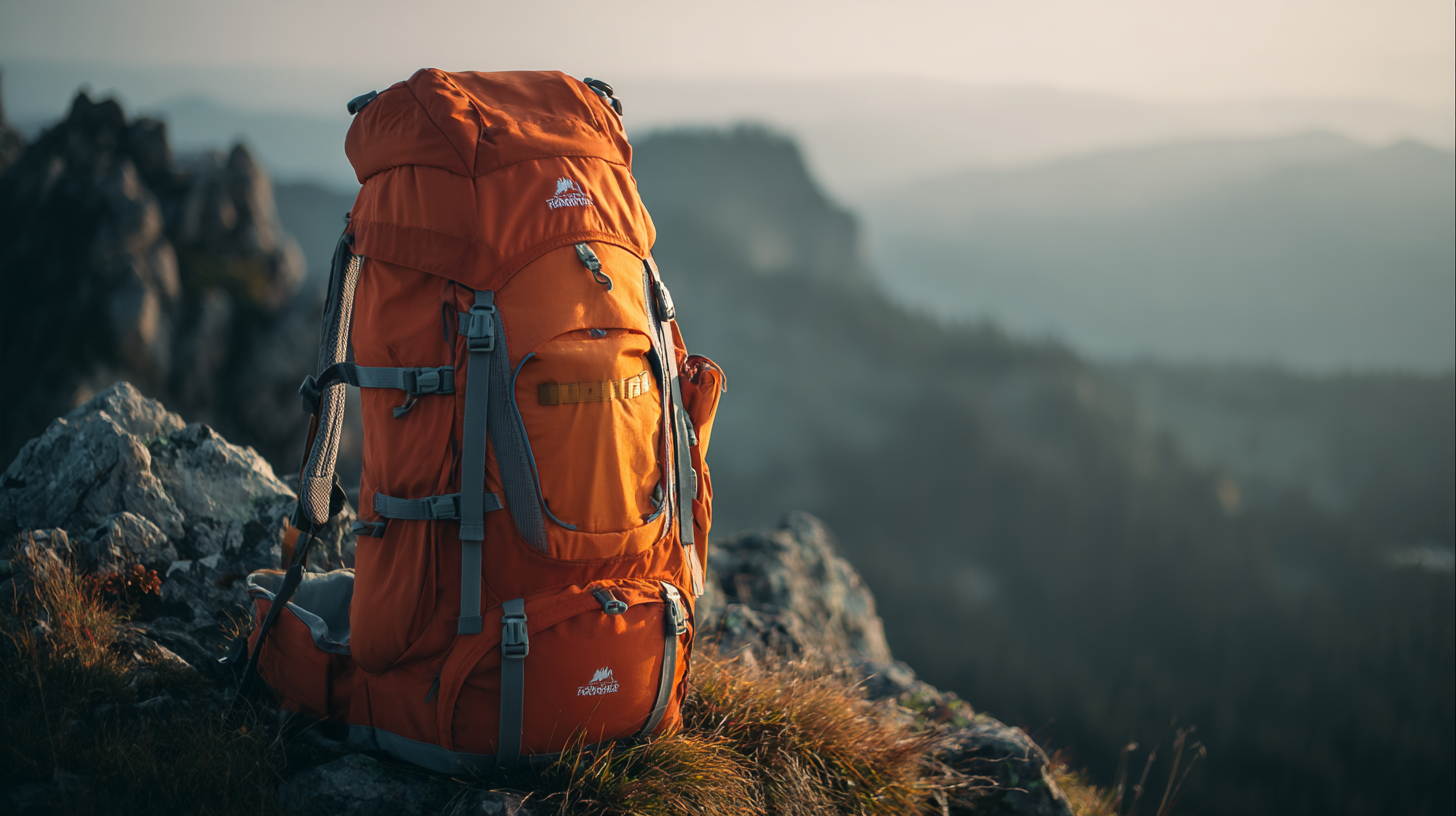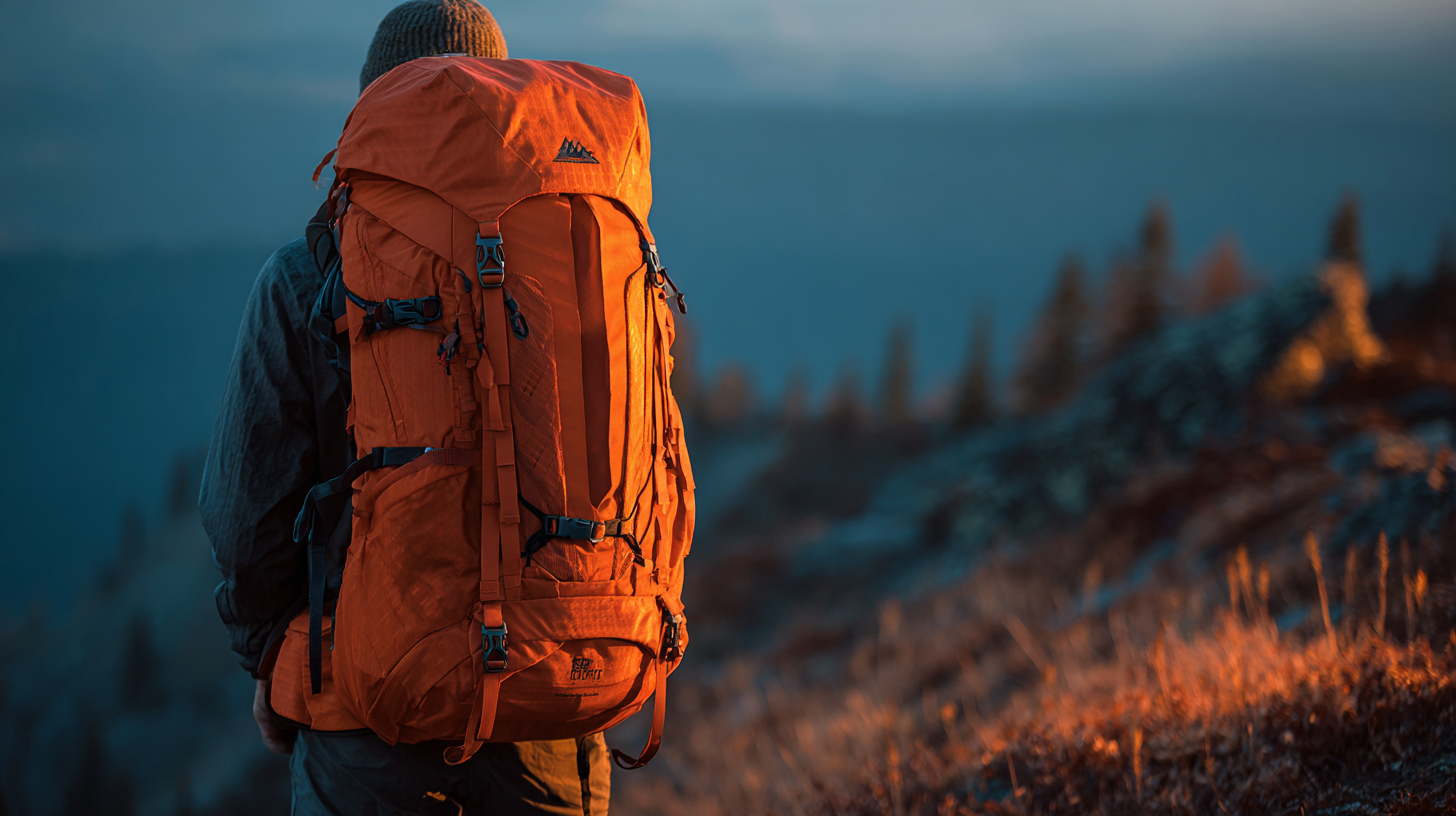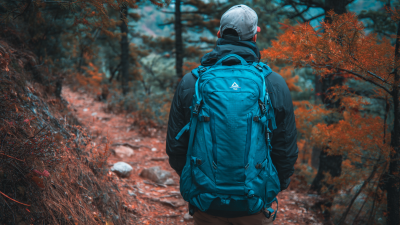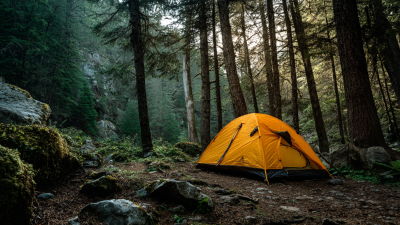Leave Your Message
-
E-mail
-
Whatsapp
Choosing the perfect trekking bag is essential for outdoor enthusiasts who want to ensure comfort, functionality, and durability during their adventures. According to a recent report by the Outdoor Industry Association, over 46 million Americans participated in hiking activities in 2022, highlighting the growing popularity of outdoor exploration. With the right trekking bag, adventurers can enhance their experiences by organizing essentials efficiently and carrying them with ease. Research indicates that a well-fitted backpack can significantly reduce physical strain, making it crucial to select one that suits your specific needs and body type. Additionally, with advancements in technology and materials, modern trekking bags now offer features such as lightweight designs, water resistance, and ergonomic support, making the selection process even more complex. This ultimate guide will provide insights into what to consider when choosing a trekking bag, ensuring that your next outdoor adventure is both enjoyable and successful.

When selecting the ideal trekking bag for your outdoor adventures, understanding the various types of backpacks available is crucial. The primary categories include daypacks, weekend packs, and multi-day packs, each designed to cater to specific trip durations and purposes. Daypacks, typically ranging from 10 to 30 liters, are perfect for short hikes or excursions, offering just enough space for essentials like water, snacks, and a first aid kit. Their lightweight design enables ease of movement, making them a favorite among day hikers.
On the other hand, weekend packs, usually between 30 to 60 liters, provide additional capacity for an overnight stay. They come equipped with features such as hydration systems, adjustable straps, and multiple compartments for efficient gear organization. For longer expeditions, multi-day packs, exceeding 60 liters, are the best option. Designed to carry heavier loads, they often incorporate advanced support systems and comfort features, ensuring endurance over extended treks. By considering the specific benefits and functionalities of each type, you can choose the perfect trekking bag tailored to your outdoor adventures.
When it comes to selecting the right trekking bag, evaluating size and capacity is crucial to ensure a comfortable and efficient outdoor experience. The first step is to determine the length and type of your adventure. For day hikes, a smaller daypack of 20-30 liters is generally sufficient to hold essentials like water, snacks, and a first-aid kit. However, if you're planning multi-day treks, you’ll need a larger bag ranging from 50 to 70 liters to accommodate additional clothing, cooking gear, and camping supplies.

Consider also the specific capacity needs depending on your activity. If you’re packing for a summer trip, you might opt for a lighter, more streamlined bag since clothing tends to take up less space. Alternatively, in colder months, bulkier layers and gear require a bag with a greater volume. Additionally, examine how you plan to distribute weight, ensuring that your bag has multiple compartments for organization. This allows for easy access to frequently needed items and creates a balanced load, enhancing your overall trekking experience.
When selecting a trekking bag, the material is a critical factor that significantly influences its performance in the wild. Durability ensures that the bag can withstand rough terrains, heavy loads, and the wear and tear of outdoor activities. Materials like ripstop nylon and Cordura are popular choices due to their ability to resist abrasions and tears. These fabrics not only extend the life of the bag but also maintain its aesthetic appeal, even after extensive use.
Weather resistance is equally important, as unpredictable weather conditions can dampen any outdoor adventure. Trekking bags made from waterproof or water-resistant materials, such as Nylon with a polyurethane coating, can protect your gear from rain and moisture. Moreover, features like sealed seams and water-resistant zippers further enhance a bag’s ability to keep contents dry. Choosing materials that balance durability and weather resistance will ensure your trekking bag performs optimally, allowing you to focus on the adventure ahead rather than worrying about your gear.

When selecting the ideal trekking bag for your outdoor adventures, the essential features play a crucial role in ensuring comfort and functionality. Firstly, consider the fit and adjustability; a good trekking bag should have padded shoulder straps and a hip belt that effectively distributes weight, reducing strain on your back during long hikes. Additionally, load adjustment straps and a well-ventilated back panel can enhance your comfort by allowing you to customize the fit and keep you cool on warmer days.
Another vital component is the storage capacity and organization of the bag. Look for multiple compartments, including a dedicated hydration reservoir pocket, to keep essential gear easily accessible. External pockets for quick access to items like snacks or a first-aid kit are also beneficial. Furthermore, consider weather resistance – a trekking bag made from durable, water-resistant materials will protect your belongings from unexpected downpours. These features combined ensure that your trekking experience is not only enjoyable but also efficient, allowing you to focus on the adventure ahead.
| Feature | Description | Importance Level |
|---|---|---|
| Capacity | Measured in liters, this determines how much gear the bag can hold. | High |
| Weight | The bag's empty weight, crucial for long treks to maintain a light load. | High |
| Material | Durability and water resistance depend on the fabric used. | High |
| Suspension System | A good suspension system helps distribute weight evenly for comfort. | Medium |
| Ventilation | Airflow features help reduce sweat and increase comfort during hikes. | Medium |
| Hip Belt | A padded hip belt can help take load off your shoulders and provide stability. | High |
| Pockets and Compartments | Well-placed pockets allow for easy access to essential items. | Medium |
| Hydration System Compatibility | Compatibility with water reservoirs enhances hydration on the go. | Medium |
| Adjustable Straps | Allows for a customized fit to different body types. | High |
When selecting a trekking bag, budgeting for quality is essential to ensure you get the best performance for your money. According to recent analyses, investing in a reliable backpack can significantly enhance your outdoor experience. A good trekking bag should not only fit comfortably but also withstand various environmental conditions without compromising the gear it carries. Look for bags that feature durable materials and reinforced seams, which can often save you money in the long run by avoiding premature wear and tear.
Tips: Prioritize bags that offer adjustable suspension systems to improve comfort during long treks. Additionally, consider models with ample pockets for organization; this can offer time savings and ease of access when you’re on the trail. Research indicates that spending an additional 20% on a bag can result in 30% better performance metrics in durability and comfort.
Ultimately, finding the right balance between cost and performance is vital. Bags from budget options to higher-end models have shown that quality often correlates with longevity and overall user satisfaction. Always align your choice with the specific conditions of your adventure, whether it's day hikes or multi-day excursions.






